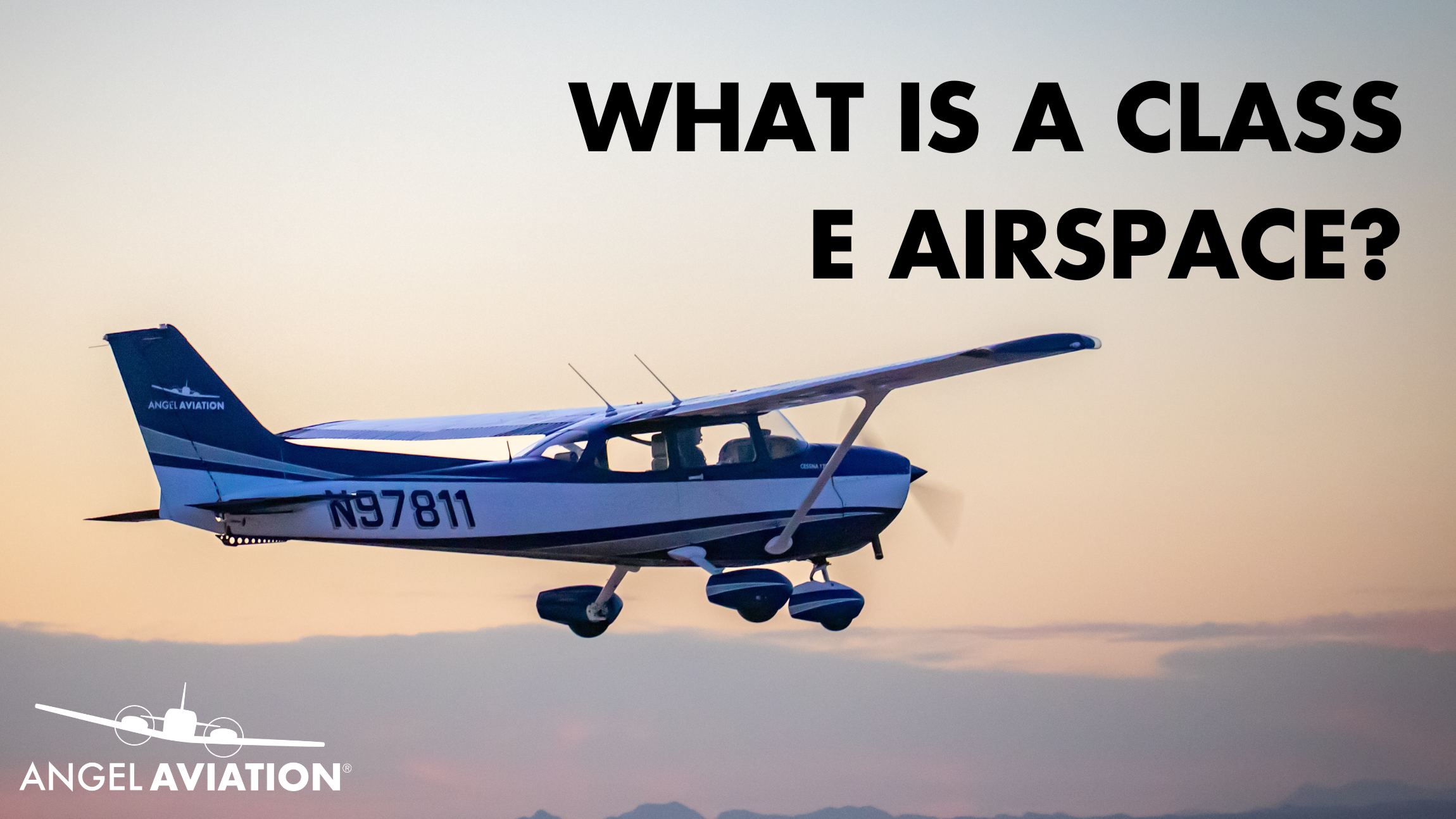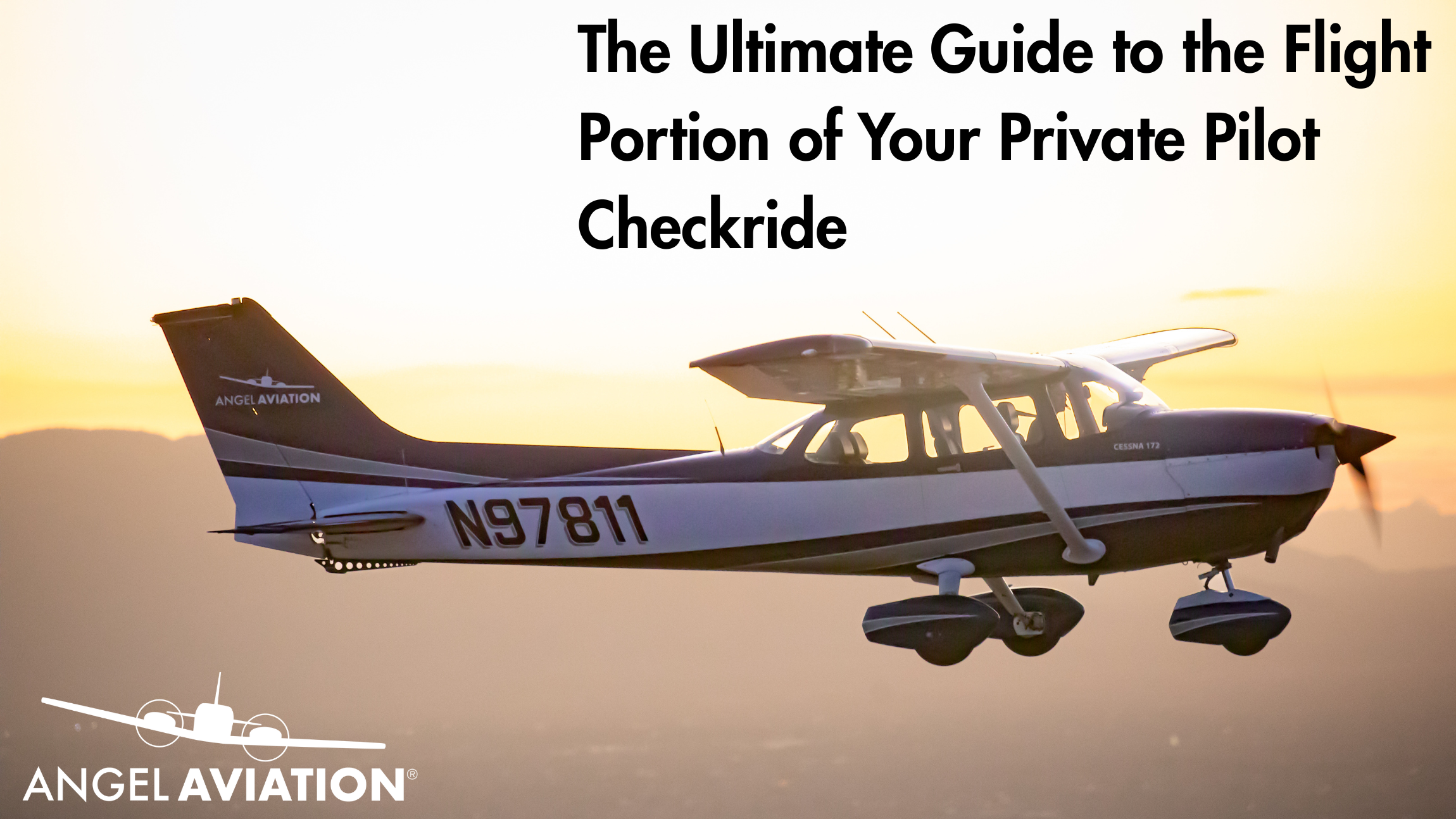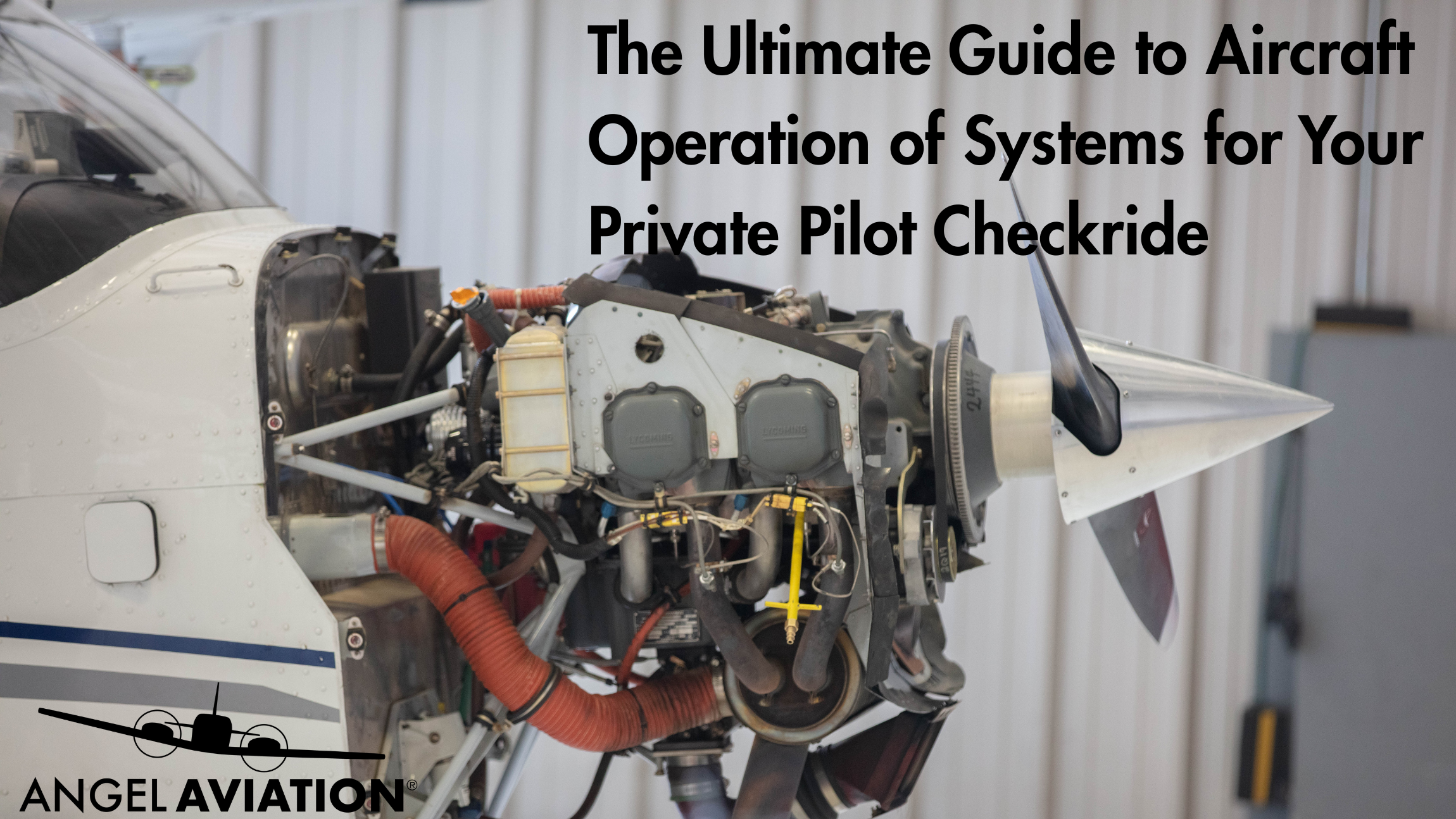As pilots, understanding the various classes of airspace is essential for safe and efficient flight operations. Among these, Class E airspace often garners less attention than its more restrictive counterparts. This blog will explore what Class E airspace is, its characteristics, operational procedures, and its significance in the overall airspace structure.
What is Class E Airspace?
Class E airspace is a type of controlled airspace that exists to provide a safe environment for aircraft operating under both Visual Flight Rules (VFR) and Instrument Flight Rules (IFR). It is not as restrictive as Class A, B, C, or D airspace, giving pilots more flexibility while still ensuring a level of control for safety.
Characteristics of Class E Airspace
- Structure: Class E airspace is depicted on aeronautical charts with a magenta or blue shaded area, depending on the airspace’s nature. It extends from 1,200 feet above ground level (AGL) up to 18,000 feet mean sea level (MSL), although there are specific areas where it can start at different altitudes, such as at the surface around certain airports.
- Controlled Environment: While Class E is controlled airspace, it differs from Class D in that it does not require a control tower at the surface. Aircraft operating in Class E airspace must still follow ATC instructions if they are operating under IFR.
- VFR Operations: Pilots operating under VFR in Class E airspace must maintain specific visibility and cloud clearance requirements, which typically include a minimum visibility of 3 statute miles and cloud clearance of 500 feet below, 1,000 feet above, and 2,000 feet horizontally from clouds.
Types of Class E Airspace
- Surface-Based Class E: This occurs around certain airports with control towers, extending from the surface to the overlying airspace. Pilots must communicate with ATC when operating in this airspace.
- Airspace Starting at 1,200 Feet AGL: This is the most common form of Class E airspace. It provides a transition area for aircraft flying at altitudes where air traffic control is still necessary but not as densely populated as Class B or C airspace.
- Federal Airway: Class E airspace also includes federal airways, which are defined corridors that aircraft must use when navigating through certain areas. These airways are typically 8 nautical miles wide and extend from 1,200 feet AGL to 18,000 feet MSL.
Operating in Class E Airspace
When flying in Class E airspace, pilots should take the following steps:
- Pre-Flight Planning: Review aeronautical charts to identify Class E airspace locations and any associated restrictions or requirements.
- Communication for IFR Flights: Pilots flying under IFR must establish communication with ATC prior to entering Class E airspace. This is crucial for receiving clearances and instructions.
- VFR Flight Considerations: VFR pilots should ensure they meet visibility and cloud clearance requirements, and while they are not required to communicate with ATC, doing so can enhance safety, especially in busy areas.
- Awareness of Other Traffic: Although Class E has fewer restrictions, it can still be busy. Pilots should maintain situational awareness and be vigilant for other aircraft.
Common Misconceptions
- Class E is Uncontrolled Airspace: While Class E is less restrictive than other classes, it is still controlled airspace. This means that while VFR pilots are not required to communicate with ATC, IFR pilots must.
- No ATC Services in Class E: Many pilots believe that ATC services are unavailable in Class E airspace. However, ATC provides services to IFR flights and can offer traffic advisories to VFR pilots upon request.
- VFR Pilots Can Ignore Class E Rules: Some pilots assume that because Class E is less restrictive, they can disregard visibility and cloud clearance requirements. This is not the case; adherence to these rules is crucial for safety.
Conclusion
Class E airspace serves a vital role in the airspace system, providing flexibility for pilots while maintaining safety and organization. Understanding the characteristics and operational procedures of Class E airspace is essential for all pilots, whether flying VFR or IFR. By staying informed and practicing good communication and situational awareness, pilots can navigate Class E airspace effectively, ensuring safe and efficient flights. Whether you’re a student pilot or an experienced aviator, mastering Class E airspace is key to becoming a proficient pilot. Happy flying!






Leave A Comment